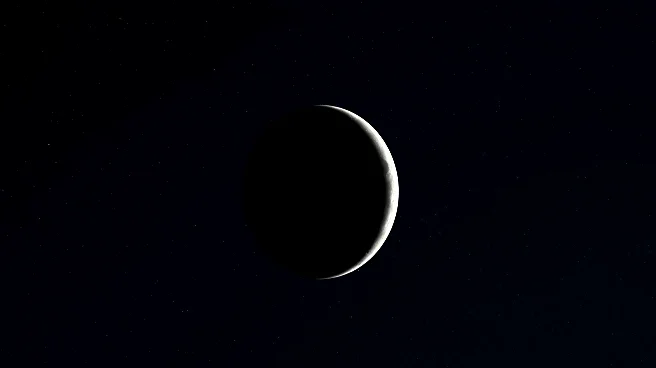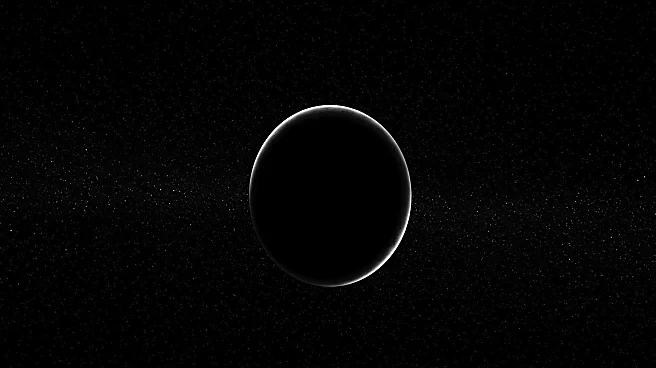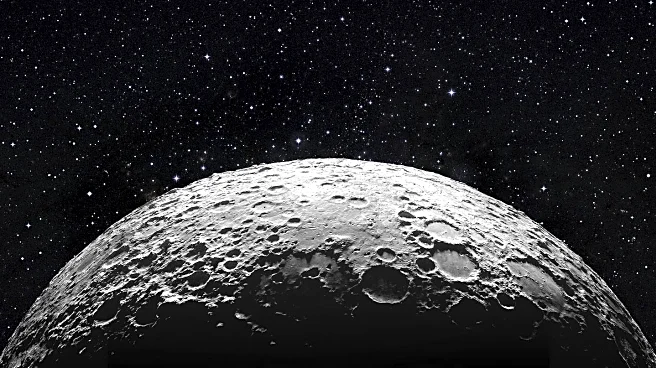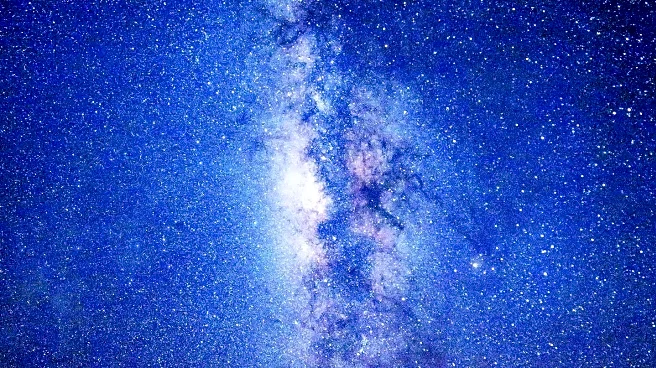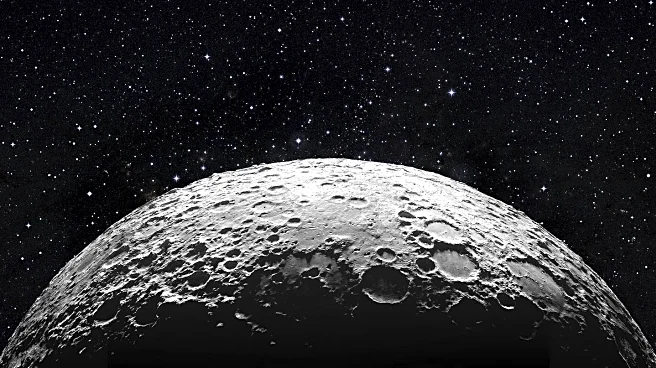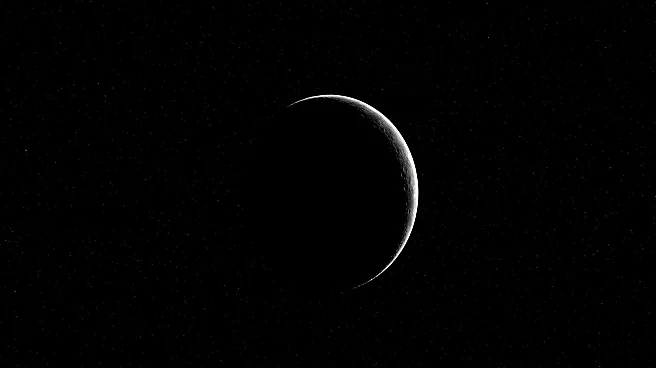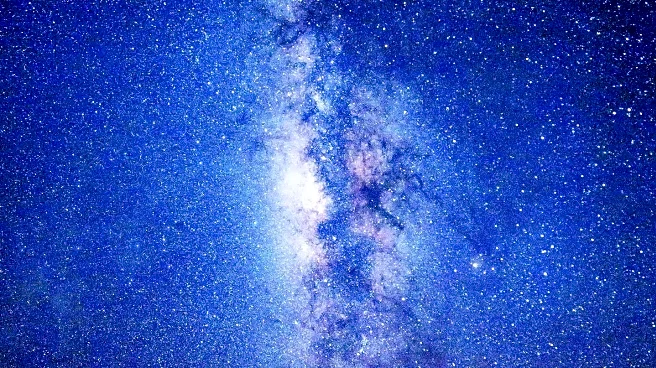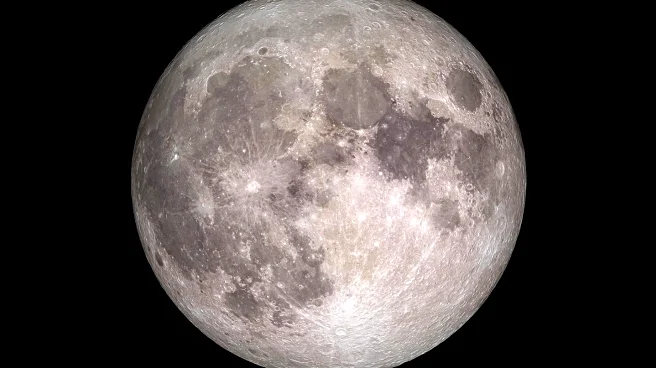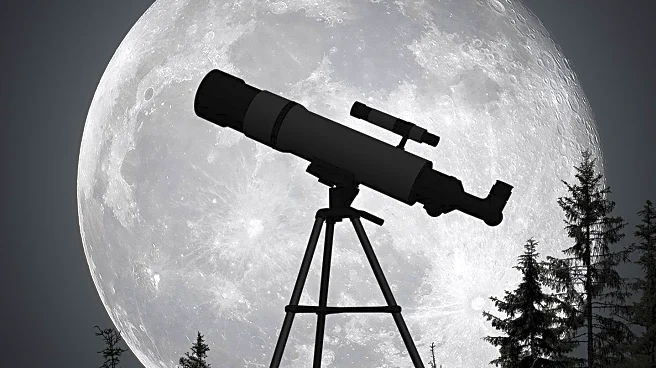What's Happening?
NASA has detailed the occurrence of a 'black moon,' a rare lunar event set to happen on August 23. This phenomenon occurs when the moon is in its new moon phase, making it invisible to viewers on Earth. During this phase, the moon is positioned in the same part of the sky as the sun, rising and setting simultaneously, with its illuminated side facing away from Earth. The 'black moon' is a non-astronomical term used when a new moon appears twice in a month or is the third of four new moons in a season. This event is similar to the 'blue moon,' which involves two full moons in a single month.
Why It's Important?
The 'black moon' offers a unique opportunity for stargazers, as its occurrence results in a moonless night, ideal for observing stars and celestial bodies. This event coincides with the peak visibility of the Milky Way from the Northern Hemisphere, providing a chance to view the galaxy's arc without the interference of moonlight. Additionally, the timing aligns with the tail end of the Perseids meteor shower, enhancing the stargazing experience. The phenomenon highlights the intricacies of lunar cycles and their impact on astronomical observations.
What's Next?
Stargazers are encouraged to find locations away from light pollution to maximize their viewing experience during the 'black moon.' The next occurrence of a 'black moon' is expected in approximately 33 months, similar to the frequency of 'blue moons.' This cycle underscores the importance of understanding lunar phases and their effects on night sky visibility. As the event unfolds, astronomers and enthusiasts will continue to explore the implications of lunar cycles on celestial observations.
